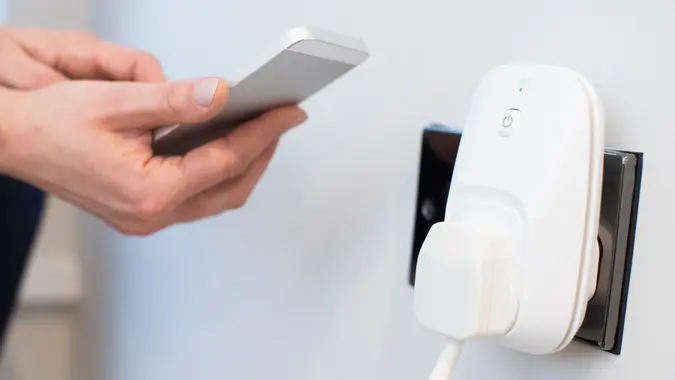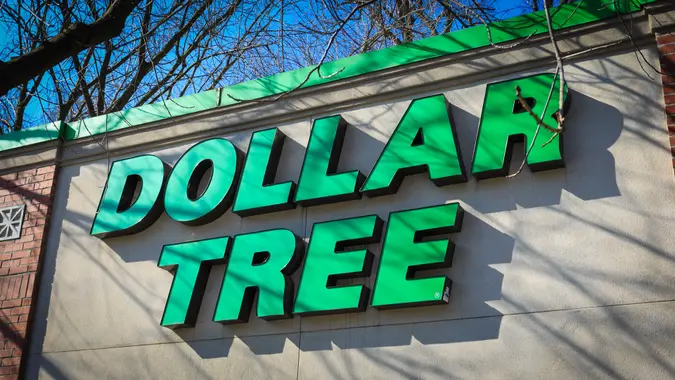4 Ways Daylight Saving Time Could Lower Your Energy Bill — Save up to $775

Commitment to Our Readers
GOBankingRates' editorial team is committed to bringing you unbiased reviews and information. We use data-driven methodologies to evaluate financial products and services - our reviews and ratings are not influenced by advertisers. You can read more about our editorial guidelines and our products and services review methodology.

20 Years
Helping You Live Richer

Reviewed
by Experts

Trusted by
Millions of Readers
Daylight saving time is scheduled to kick in early Sunday morning, March 9 — which means the usual debates about its merits are likely to kick in, as well. One of those debates involves how the time change impacts your energy bill.
A 2008 report from the U.S. Department of Energy (DOE) found that daylight saving time can produce considerable energy savings because you get more natural sunlight during peak energy consumption hours, according to a blog from retail energy supplier Energy Harbor. This lessens your dependence on electricity to power lights.
However, later research challenged the DOE’s findings. As Energy Harbor noted, newer studies suggested energy savings from DST are “offset by energy consumption from other areas, including increased use of air conditioning.” In addition, increased use of LED lighting technology has lessened the impact of more natural sunlight because LED bulbs use up a lot less energy than incandescent bulbs.
No matter where you stand on the energy consumption debate, the start of DST is a good time to change your energy habits, according to Brandon Young, CEO and energy expert at Payless Power, a Texas-based provider of prepaid and traditional electricity plans.
“Daylight saving time is more than a clock-changing affair — it’s a time to reset energy behavior and shave electric bills,” Young said in email comments sent to GOBankingRates. “With more daylight hours, your home is using energy in a different way, and making a few small changes now can equate to massive savings between $210 to $775 per year.”
Here are four ways to lower your energy bill after DST kicks in, according to Young.
Change Your Smart Thermometer Settings
“Most thermostats automatically adjust when it’s sunny or dark, yet never get it just right when daylight savings kicks in,” Young said. “If your system is still set to work during winter hours, you may be cooling or heating unnecessarily. Simply making a quick adjustment to sync it to actual patterns of daylight can shave cooling and heating costs by up to 10%, or $100 to $200 per year.”
Reduce Phantom Energy Spikes
“Most electronics — televisions, game systems, even Wi-Fi routers — are programmed to adjust settings when clocks strike 1 a.m. or 2 a.m., switching to high-power standby modes or default display settings that quietly use power,” Young said. “An instant energy audit — reducing display brightness, unplugging unnecessary devices and turning standby mode off — saves $20 to $150 per year.”
Don’t Overload Your HVAC System
Young recommended using natural heat and cooling to avoid overloading your heating and cooling system when daylight savings time starts.
“Open blinds in the morning to let in warmth, close them in the afternoon before heat strikes and use ceiling fans in a counterclockwise rotation to circulate cool air,” he said. “This simple strategy can decrease AC use and shave $50 to $250 per year from your utility bill.”
Monitor Your Light Use
“With sunsets happening later, human nature is to leave lights and electronics on longer than necessary,” Young said. “Smart plugs can automate shut-offs, reducing unnecessary electricity use by up to 15% and saving an additional $20 to $100 per year.”
More From GOBankingRates
 Written by
Written by  Edited by
Edited by 
























